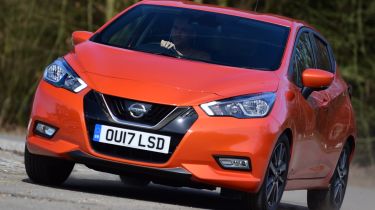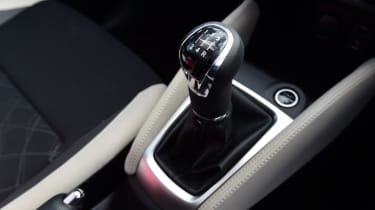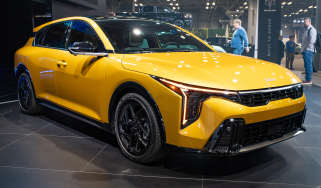Nissan Micra (2017-2022) review - MPG, CO2 and running costs
Micra boasts respectable fuel economy and should be cheap to insure

The 1.0-litre turbocharged petrol is definitely better suited to the Micra, with the shorter distances most superminis cover meaning that petrol will be a better option (compared to diesel) for the long-term life cycle. The previous 99bhp turbocharged unit with the five-speed manual gearbox delivered 50.4mpg, while even the 115bhp Micra returned a respectable 47.9mpg on the WLTP combined cycle.
Emissions for the most powerful 115bhp engine were rated at 133g/km, while CO2 figures for the 99bhp engine varied depending on wheel size, but started from 126g/km for the manual version and 140g/km for the CVT auto.
Nissan claims the newer 91bhp five-speed manual model will return an average of 53.3mpg, with CO2 emissions of 121g/km. There's an efficiency penalty if you opt for the CVT auto, which manages a 47.1mpg maximum and 137g/km of CO2.
Insurance groups
The Micra isn’t just efficient, it’s also cheap to keep on the road thanks to some low insurance group ratings. If you go for the entry-level 1.0-litre car in Visia+ trim, it sits in group 1E, which is very appealing for young drivers.
The least powerful 1.0-litre petrol is unsurprisingly in the lowest insurance group of the range, while the DIG-T 117bhp version sits in group 11. The Micra still remains cheaper to insure than the VW Polo, which can only manage as low as group 8 and goes all the way up to group 28.
Depreciation
Our expert data suggests that the Nissan Micra should hold onto around 50 per cent of its original value after a typical ownership period of three-years and 36,000 miles driven.










